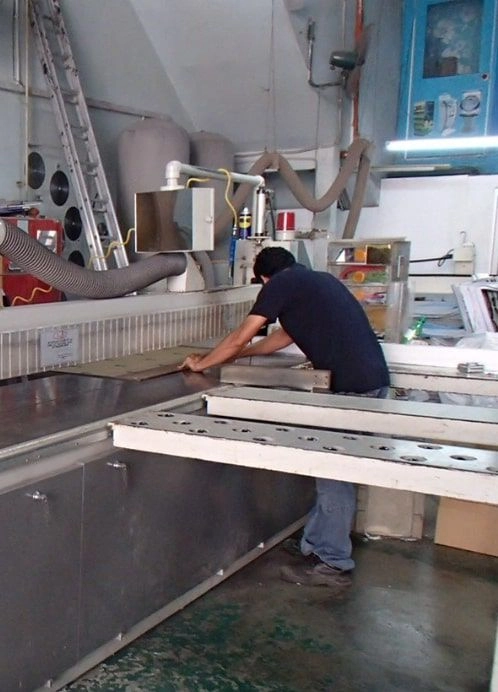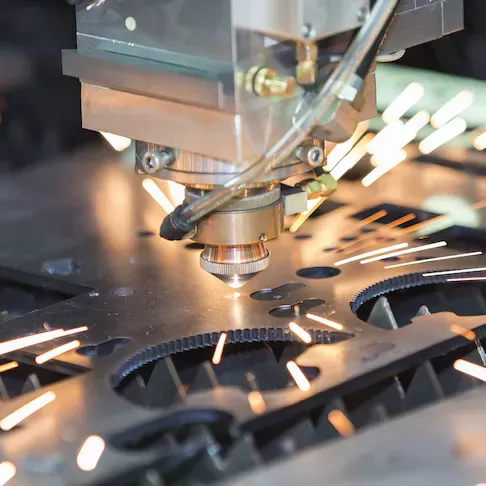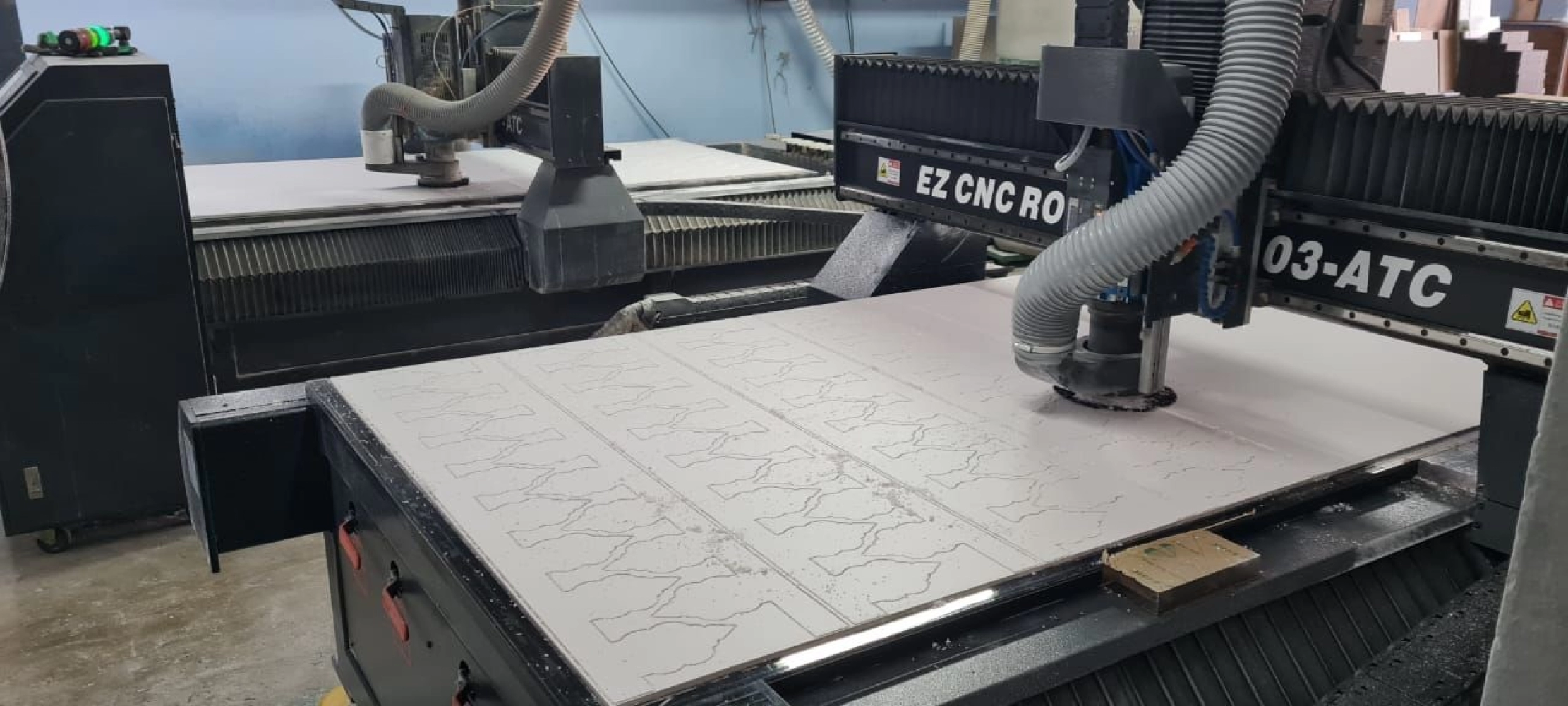Auto Bending Service
Acrylic bending refers to the process of shaping acrylic sheets into various forms, such as curves, angles, or custom designs, by applying heat to make the material pliable. Acrylic is a type of thermoplastic, which means it softens when exposed to heat and can be molded into different shapes. This property allows for easy manipulation of acrylic sheets during the bending process.
The acrylic bending process typically involves the following steps:
1. *Material Selection:* Choose the appropriate acrylic sheet with the desired thickness and size for your project. Thicker sheets may require more heat and time to bend effectively.
2. *Work Area Preparation:* Ensure you have a clean and flat work surface. To prevent the acrylic from sticking to the work surface during bending, you can use a non-stick material or cover the surface with a soft cloth.
3. *Heating the Acrylic:* Use a heat source, such as a heat gun or an oven, to apply controlled heat to the specific area of the acrylic sheet that needs bending. Gradually heat the acrylic, moving the heat source back and forth to evenly distribute the heat across the surface.
4. *Bending Process:* Once the acrylic becomes pliable and soft, carefully bend it to the desired shape. You can use a custom-made jig or a mold to guide the bending process and achieve precise angles or curves.
5. *Cooling and Setting:* After bending, allow the acrylic to cool and set in its new shape. You can use clamps or weights to hold the acrylic in place while it cools down.
6. *Finishing:* Once the acrylic has fully cooled and set, you may need to trim or clean the edges for a smooth finish.
Acrylic bending is a popular technique used in various applications, including creating display cases, signages, point-of-sale displays, and architectural features. It allows designers and fabricators to achieve unique and visually appealing shapes that enhance the aesthetics of the acrylic products.
It's important to exercise caution during the bending process, as acrylic is sensitive to heat and can become damaged if overheated. It is recommended to practice on scrap pieces or seek assistance from experienced professionals if you are unsure about bending acrylic yourself.


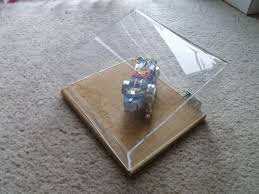
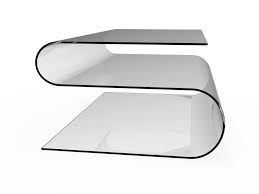
The acrylic bending process typically involves the following steps:
1. *Material Selection:* Choose the appropriate acrylic sheet with the desired thickness and size for your project. Thicker sheets may require more heat and time to bend effectively.
2. *Work Area Preparation:* Ensure you have a clean and flat work surface. To prevent the acrylic from sticking to the work surface during bending, you can use a non-stick material or cover the surface with a soft cloth.
3. *Heating the Acrylic:* Use a heat source, such as a heat gun or an oven, to apply controlled heat to the specific area of the acrylic sheet that needs bending. Gradually heat the acrylic, moving the heat source back and forth to evenly distribute the heat across the surface.
4. *Bending Process:* Once the acrylic becomes pliable and soft, carefully bend it to the desired shape. You can use a custom-made jig or a mold to guide the bending process and achieve precise angles or curves.
5. *Cooling and Setting:* After bending, allow the acrylic to cool and set in its new shape. You can use clamps or weights to hold the acrylic in place while it cools down.
6. *Finishing:* Once the acrylic has fully cooled and set, you may need to trim or clean the edges for a smooth finish.
Acrylic bending is a popular technique used in various applications, including creating display cases, signages, point-of-sale displays, and architectural features. It allows designers and fabricators to achieve unique and visually appealing shapes that enhance the aesthetics of the acrylic products.
It's important to exercise caution during the bending process, as acrylic is sensitive to heat and can become damaged if overheated. It is recommended to practice on scrap pieces or seek assistance from experienced professionals if you are unsure about bending acrylic yourself.

Make Appointment


